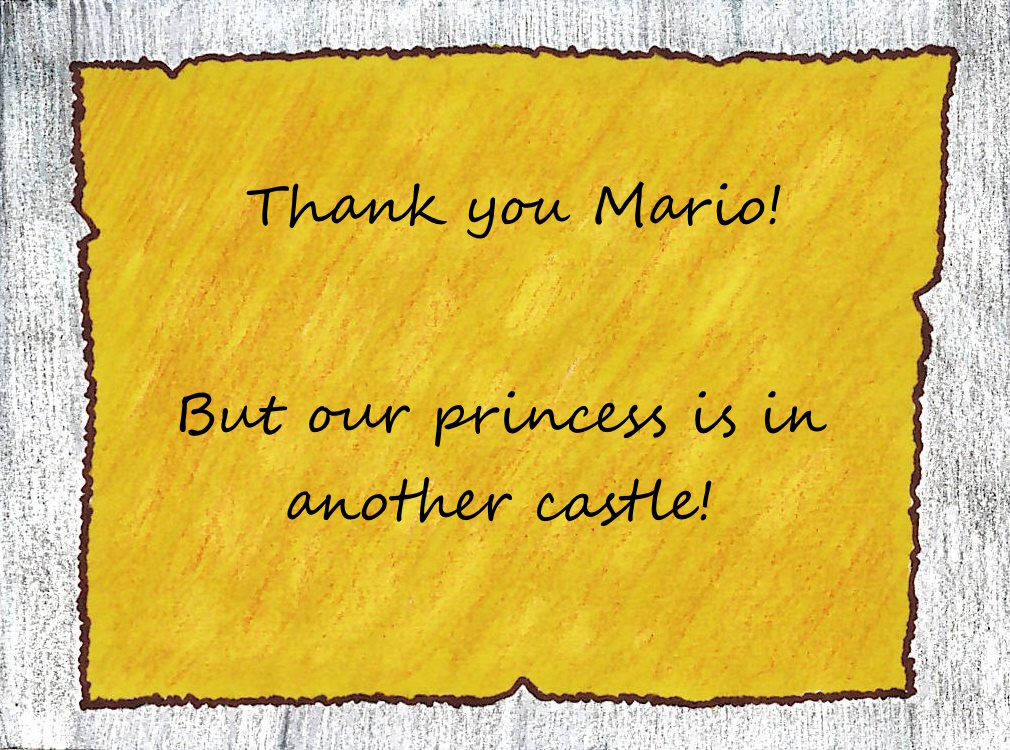If you stick around writers’ circles long enough, you’ll hear some variant of the following axiom:
“Every hero needs both an inner and an outer problem.”
Christopher Vogler, The Writer’s Journey
These days, you’re more likely to see “protagonist” or “main character” instead of “hero”, but the concept remains the same.
Vogler equates outer problems with what is more commonly known as “the dramatic question” — the conflict that drives the plot forward. Will the prince rescue the princess? Will the lost spaceship find its way back to Earth? Will the two lovers achieve their happily ever after? On the other hand, Vogler defines inner problems as personality flaws or moral dilemmas that the protagonist must face. In resolving this inner problem, the character learns something — a lesson that, more often than not, is tied to the theme of the piece. This could be a coward growing a backbone and learning how to stand up for herself, or an anti-hero realizing that the ends don’t always justify the means.
There’s a good reason for this axiom’s existence. It serves to educate beginning writers on how to keep their characters from becoming flat. Vogler defines a flat character as one who has an outer problem, but not an inner one. So giving a flat character an inner problem would add depth and complexity, making him more interesting, realistic, and relatable.
The problem with this axiom, though, is that it doesn’t explain how the inner problem should fit in the character’s overall portrait. I’ve encountered many characters who have tragic and/or dark backstories that feel tacked on. The moment it’s all revealed — that one episode, scene, or chapter — feels more like the writer checking a box, covering their butts from criticism that this central character is boring and flat. The backstory doesn’t have much impact on the current outer problem, nor does it give the audience insight into the character as she acts now. At its worst, these backstories are used as an excuse for the character to be a complete jerk to those around her. That’s not endearing.
A less common version of the flat character is one that has a severe, all-consuming inner problem, but her outer problem is left vague or simply doesn’t exist. These inner problems usually take the form of some deep trauma or emotional/psychological issue. Now don’t get me wrong — traumatized characters can be a lot of fun to write and to read. If done well, these stories can also enlighten readers on what it’s like to live with these issues. Yet this exploration should never be done at the expense of the outer problem, of showing the character interacting with society and the real world. Somebody who just sits around all day eating Doritos and meandering through his own mental labyrinth isn’t that interesting. But when you drag him off his butt and force him to do something, then you have the reader’s attention.
The reason why the balance between a main character’s inner and outer problem is important is because compelling story moments rise from their intersection.
A vivid example occurs in Disney’s 1998 animated film Mulan. This is the scene were the titular heroine is revealed as a woman. Captain Shang now faces an interesting dilemma. The movie previously established that it is illegal for women to join the army, and Chinese law demands that Mulan be executed immediately. As the commanding officer, this duty falls to Shang. However, mere hours before this, Mulan saved Shang’s life from an avalanche. Shang himself admitted that he would be dead if Mulan hadn’t intervened. To turn around and kill her now would be a moral failure. So does Shang follow the law and kill Mulan (resolving his outer problem), or does he do what’s morally right by sparing her life (resolving his inner problem)?
When you encounter this axiom in the wild — be it on a writer’s forum, in a class or workshop, or as part of a critique — realize that it only identifies the problem, not explain how to solve it. Your protagonist’s outer and inner problems require more care and thought than simply tacking on a tragic backstory at the last minute. But by the same token, you need to resist the urge to make their inner problem all-consuming and painfully obvious from the start. In this case, being lazy is just as dangerous as being overzealous. The real goal is to craft interesting, believable characters with strengths and flaws, and who deal with the same emotions and dilemmas that real-life people do.

So if you want to write a simple story about an ordinary guy rescuing a princess, go ahead. Just be sure to add moments of frustration when he discovers that the princess is in the next castle, leading to doubt and maybe even anger when he sees this message for the tenth time. You don’t need to dwell on the everyday struggles of a blue-collar plumber trying to ply his trade in a magical kingdom inhabited by talking mushrooms. Would that be fascinating to read? Yes. But if it distracts from the saving-the-princess plot, then it is better off cut.
What do you think? How do you go about shaping your characters? What advice have you been given? Let me know in the comments.